Ossoinductive elements around immediate implants: A pilot study in fox Hound Dogs
dc.contributor
Universitat Internacional de Catalunya. Departament d'Odontologia
dc.contributor.author
Salomó Coll, Oscar Cosme
dc.date.accessioned
2017-11-15T13:07:00Z
dc.date.available
2017-11-15T13:07:00Z
dc.date.issued
2016-11-22
dc.identifier.uri
http://hdl.handle.net/10803/456382
dc.description.abstract
This PhD thesis is a compendium of three publications which sets out to broaden our knowledge and understanding of the topical application of biological mediators to dental implants, in particular the effects on osseointegration of topical applications of Melatonin or Vitamin D on implants placed in an animal model immediately after dental extraction, determined by histological and histomorphometric analysis.
Recent dental research has focused on improving bone substitutes and implant surfaces by morphologic or biochemical modification to achieve faster and better osseointegration. The application of biological mediators over the implant surface or embedded in the biomaterial itself can induce specific cell and tissue responses. Biochemical modifications can improve the both quantity and the quality of peri-implant tissue, which will reduce economic cost and treatment time, and also improve long-term outcomes.
Mandibular premolar distal roots (P2, P3, P4) were extracted bilaterally from six American foxhound dogs. Three conical immediate implants were placed bilaterally in each mandible. Three randomized groups were created: melatonin 5% test group (MI), vitamin D 10% test group (DI) and control group implants (CI). Block sections were obtained after 12 weeks and processed for mineralized ground sectioning. Bone-to-implant contact (total BIC), new bone formation (NBF), inter-thread bone (ITB) and histological linear measurements (HLM) were assessed.
The present trial demonstrated that bone formation around immediate dental implants treated with melatonin and vitamin D improved in comparison with untreated control implants. Implants treated with Vitamin D and Melatonin showed higher bone-to-implant contact values and more new bone formation compared with control implants.
Vitamin D treated implants exhibited lower buccal crestal bone loss values compared with control implants. On the other hand, melatonin implants showed less lingual crestal bone loss, and less peri-implant mucosa on the lingual aspect, and exhibited better values for osseointegration compared with control implants.
Within the limitations of this animal study, the topical application of 5% melatonin or 10% vitamin D improved bone formation around implants placed immediately after extraction and helped to reduce crestal bone loss after 12 weeks osseointegration.
dc.format.extent
75 p.
dc.format.mimetype
application/pdf
dc.language.iso
cat
dc.publisher
Universitat Internacional de Catalunya
dc.rights.license
L'accés als continguts d'aquesta tesi queda condicionat a l'acceptació de les condicions d'ús establertes per la següent llicència Creative Commons: http://creativecommons.org/licenses/by-nc-nd/4.0/
dc.rights.uri
http://creativecommons.org/licenses/by-nc-nd/4.0/
*
dc.source
TDX (Tesis Doctorals en Xarxa)
dc.subject
Dental implants
dc.subject
Osseointegration
dc.subject
Osseoinductive
dc.subject
Melatonin
dc.subject
Vitamin D
dc.subject
Osseoinduction
dc.subject.other
Odontologia
dc.title
Ossoinductive elements around immediate implants: A pilot study in fox Hound Dogs
dc.type
info:eu-repo/semantics/doctoralThesis
dc.type
info:eu-repo/semantics/publishedVersion
dc.subject.udc
616.3
dc.contributor.director
Gargallo Albiol, Jordi
dc.contributor.director
Calvo Guirado, José Luis
dc.contributor.tutor
Satorres Nieto, Marta
dc.embargo.terms
cap
dc.rights.accessLevel
info:eu-repo/semantics/openAccess
